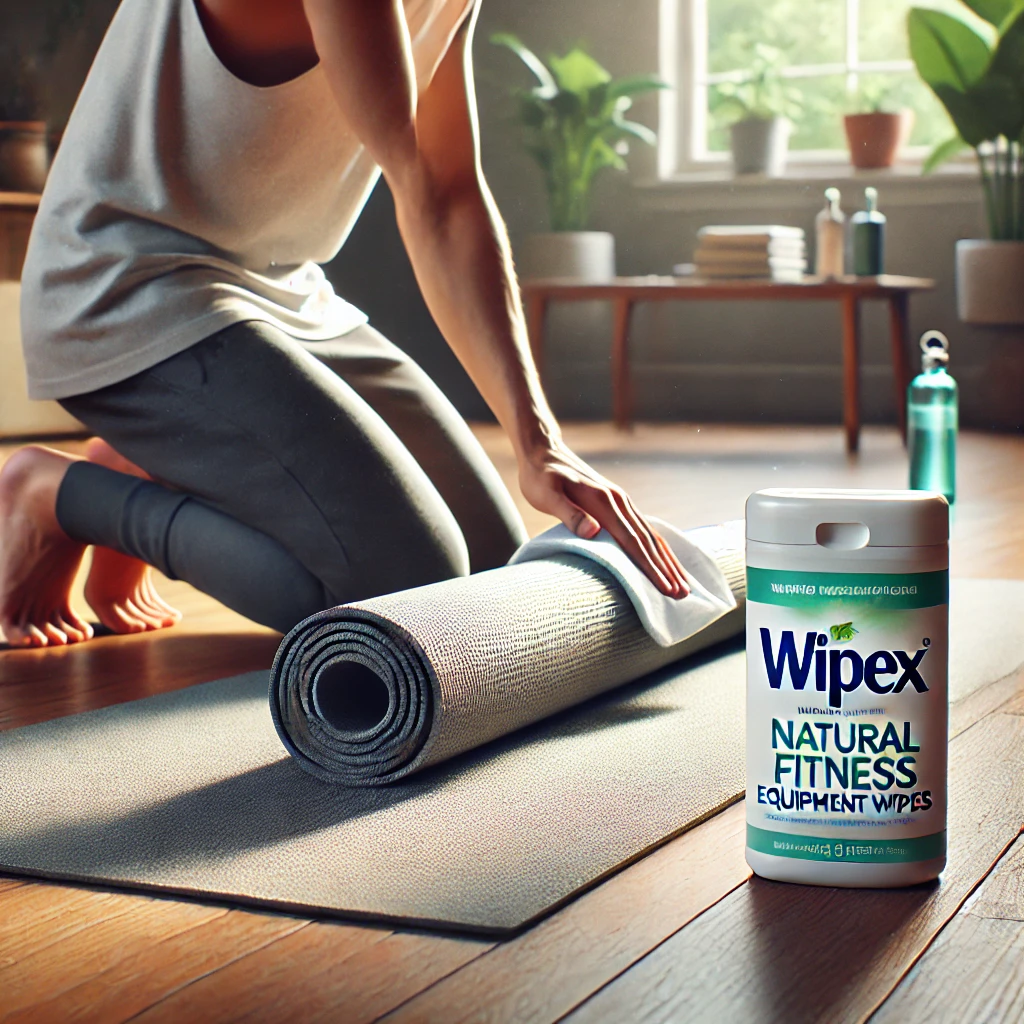Cleaning Your Yoga Mat: A Step-by-Step Guide to Keep It Fresh and Hygienic
Your yoga mat is a sanctuary for your practice, but over time, it can become a breeding ground for dirt, sweat, and bacteria. Cleaning your yoga mat regularly not only keeps it fresh and hygienic but also extends its lifespan. Whether you’re a beginner or a seasoned yogi, maintaining a clean mat is essential for your health and practice.
Why Cleaning Your Yoga Mat Matters
- Hygiene: Sweat, oils, and dirt can accumulate on your mat, creating a layer of grime that harbors bacteria and unpleasant odors.
- Preventing Skin Issues: A dirty mat can lead to skin irritations, rashes, or infections, especially if you have sensitive skin.
- Extending Mat Lifespan: Regular cleaning helps preserve the integrity of your mat’s material, preventing wear and tear.
- Enhanced Practice: A clean mat is less slippery and more comfortable to use, improving your overall yoga experience.
How Often Should You Clean Your Yoga Mat?
- After Every Practice: Wipe down your mat after each session to remove sweat and dirt.
- Deep Clean Monthly: For regular practitioners, a deep clean once a month is recommended. If you practice hot yoga or sweat heavily, consider deep cleaning more often.
What You Need to Clean Your Yoga Mat
Here’s what you’ll need to clean your yoga mat:
- Mild Soap or Dish Detergent: Avoid harsh chemicals that can damage the mat.
- White Vinegar or Tea Tree Oil (optional): Natural disinfectants that can help kill bacteria.
- Spray Bottle: To create your cleaning solution.
- Soft Cloth or Sponge: For gentle cleaning without damaging the surface.
- Towel: To dry the mat after cleaning.
- Bathtub or Large Sink (optional): For deep cleaning.
Step-by-Step Guide to Cleaning Your Yoga Mat
1. Daily Wipe Down
- Prepare a Solution: Mix one part mild soap with three parts water in a spray bottle. Optionally, add a few drops of tea tree oil or white vinegar for extra disinfecting power.
- Spray and Wipe: Lightly spray the solution onto your mat and use a soft cloth to wipe it clean. Focus on areas where your hands and feet make the most contact.
- Air Dry: Hang or lay your mat flat in a well-ventilated area to dry completely before rolling it up.
2. Deep Cleaning
- Soak Your Mat: Fill a bathtub or large sink with warm water and add a few drops of mild soap. Submerge your mat and let it soak for 10-15 minutes.
- Scrub Gently: Use a soft sponge or cloth to scrub the surface, focusing on any stubborn spots or stains.
- Rinse Thoroughly: Rinse the mat with clean water to remove all soap residue.
- Dry Completely: Use a towel to blot excess water, then hang the mat over a drying rack or shower rod. Avoid direct sunlight, as it can degrade the material.
Tips for Keeping Your Yoga Mat Clean
- Use a Yoga Towel: Place a yoga towel over your mat during practice to absorb sweat and reduce dirt buildup.
- Store It Properly: Keep your mat in a clean, dry place when not in use. Avoid leaving it in your car or a damp environment.
- Avoid Harsh Cleaners: Stick to gentle, natural cleaning solutions to prevent damage to the mat’s surface.
- Check Manufacturer Guidelines: Some mats have specific cleaning instructions, so always check before cleaning.
Yoga Mat Cleaning Sprays:
- Manduka Yoga Mat Wash and Refresh: Made with 100% natural essential oils, this spray cleans and refreshes your mat without irritation.
- ASUTRA Natural & Organic Yoga Mat Cleaner: An all-natural cleaner that effectively removes dirt and sweat, leaving a pleasant aroma.
Cleaning Wipes:
- Wipex Natural Fitness Equipment Wipes: Infused with natural ingredients like lemongrass and eucalyptus, these wipes are convenient for quick cleans. Amazon
- Tidy Mat Yoga Cleaner Wipes: These wipes offer a white lavender scent and are designed specifically for yoga mats.
DIY Cleaning Ingredients:
- Tea Tree Oil: Known for its natural antibacterial properties, tea tree oil can be mixed with water to create a homemade cleaning solution. Amazon
- White Vinegar: A natural disinfectant, white vinegar can be used in DIY cleaning sprays to maintain mat hygiene.
When to Replace Your Yoga Mat
Even with proper care, yoga mats don’t last forever. Replace your mat if it starts to lose its grip, shows signs of tearing, or develops an odor that won’t go away despite cleaning.
Conclusion
Cleaning your yoga mat is a simple but essential part of maintaining a healthy and enjoyable practice. By incorporating regular cleaning into your routine and taking care of your mat, you’ll ensure it stays fresh, hygienic, and ready to support your poses. A clean mat isn’t just about hygiene—it’s about enhancing your connection to your practice. Take a few minutes to care for your mat, and it will take care of you.

